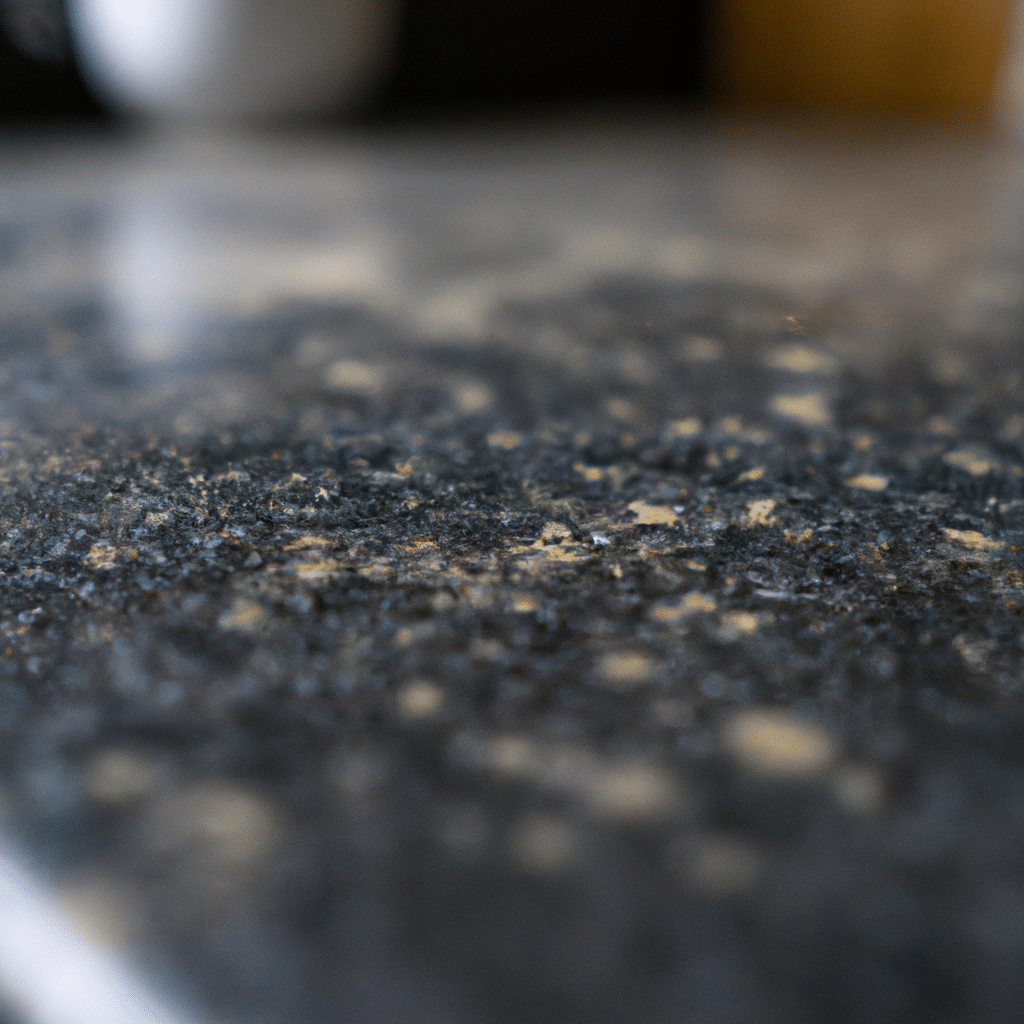If you have noticed mold growing in your kitchen, it could be due to high humidity levels. Humidity is the amount of moisture present in the air, and when it is high, it creates the perfect environment for mold to thrive.

What is Humidity?
Humidity is the amount of water vapor present in the air. It can be measured in different ways, but the most common unit of measurement is relative humidity (RH), expressed as a percentage. The higher the RH, the more moisture is present in the air.
How Does Humidity Cause Mold?
Mold spores are present in the air all around us, but they need the right conditions to grow. High humidity levels provide the perfect environment for mold to thrive. When the air is humid, moisture can collect on surfaces like walls, ceilings, and floors. This moisture provides the perfect breeding ground for mold to grow and spread.
How to Control Humidity in Your Kitchen
Controlling humidity in your kitchen can help prevent mold growth. Here are some tips to keep your kitchen dry:
Use Exhaust Fans
Exhaust fans help to remove moisture from the air. Turn on your kitchen’s exhaust fan while cooking and keep it running for a while after you finish to help remove excess moisture.
Fix Leaks
If you notice any leaks in your kitchen, fix them as soon as possible. Even small leaks can lead to moisture buildup and mold growth.
Use a Dehumidifier
A dehumidifier can help to remove excess moisture from the air. Consider using one in your kitchen, especially if you live in an area with high humidity levels.
Open Windows
Opening windows can help to circulate air and reduce moisture buildup. If the weather is dry outside, open windows to let in fresh air.
Conclusion
If you have noticed mold growing in your kitchen, it could be due to high humidity levels. Humidity provides the perfect environment for mold to thrive and spread. To prevent mold growth, control the humidity in your kitchen by using exhaust fans, fixing leaks, using a dehumidifier, and opening windows. By following these tips, you can help keep your kitchen dry and mold-free.

